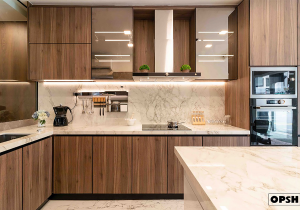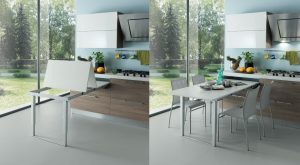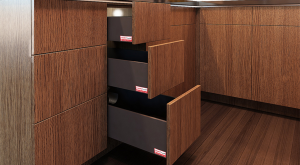Featured Post
How to Revamp Your Space with Minimalist Furniture Design
Minimalist furniture design is more than a passing style—it’s a way to simplify your life. This article shows you how to revamp your space with minimalist furniture design, from picking the right pieces to keeping them in great shape. Get ready for a calmer, more functional home.
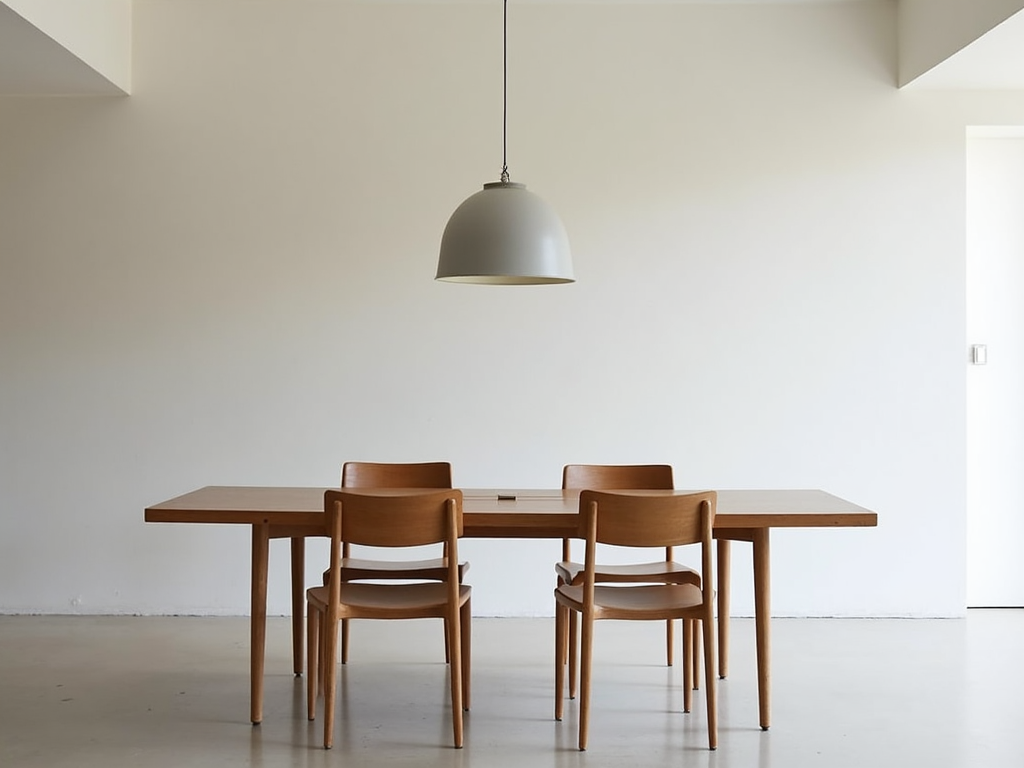
Understanding Minimalist Furniture Design
Minimalist furniture design keeps things simple with clean lines and practical use. It uses neutral colors like white, gray, or beige and avoids extra decorations. The aim? A peaceful, organized space.
This style started in the 1960s, inspired by Japanese homes and art movements like De Stijl. It’s all about ‘less is more.’ Think basic shapes and furniture that works hard without looking busy.
I first noticed this style when visiting a friend’s apartment. Her small space felt huge because she used only a few simple pieces. It made me want to try it myself.
Benefits of a Minimalist Approach
Going minimalist can change how you feel at home. It opens up your space, making even tiny rooms feel airy. Less stuff also means less stress—your mind can relax without clutter everywhere.
Plus, cleaning gets easier. With fewer things to dust or move, you save time. Over time, you might even save money by buying quality over quantity.
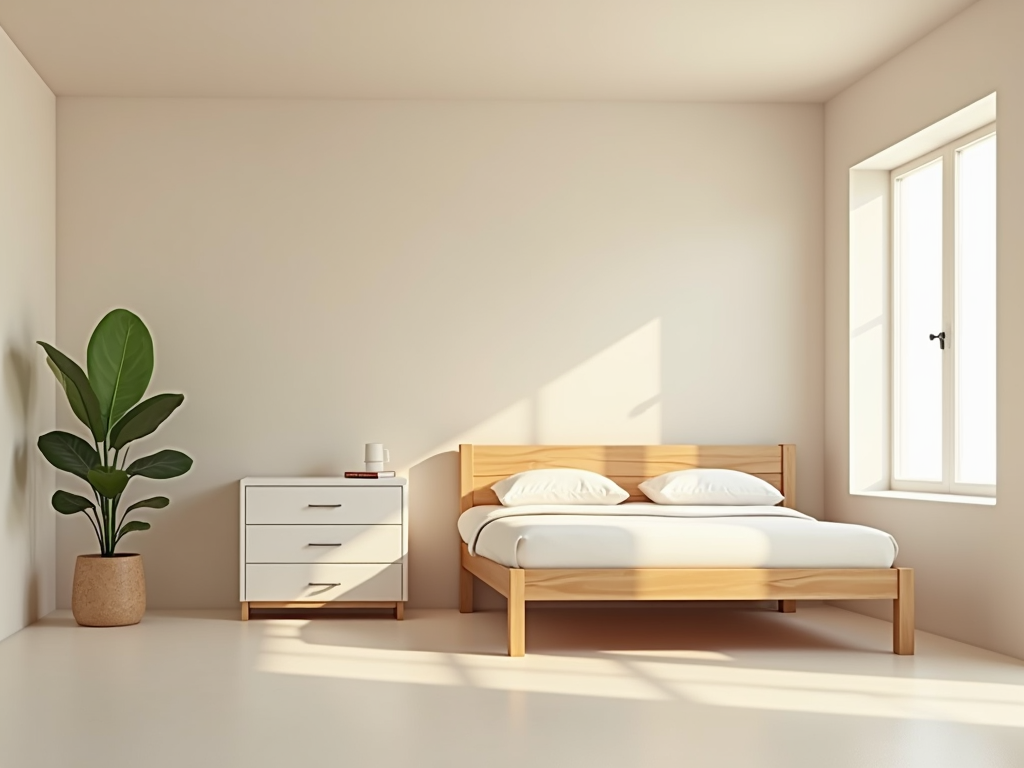
Selecting Minimalist Furniture Pieces
Choosing the right furniture is key to revamping your space. Look for items that do more than one job—like a coffee table with storage. Stick to clean lines and neutral tones that blend in.
Quality matters too. Pick materials like wood, metal, or glass that last. Measure your room first so nothing feels too big or cramped.
Take a dresser, for example. A minimalist dresser might have smooth, handle-free drawers and a plain shape. It hides your clothes without taking over the room. I found one in light oak that fits my bedroom perfectly—it’s useful and looks great.
Here’s a quick checklist: - Purpose: Does it solve a need? - Look: Is it simple and sleek? - Fit: Does it suit your space? - Durability: Will it last years?
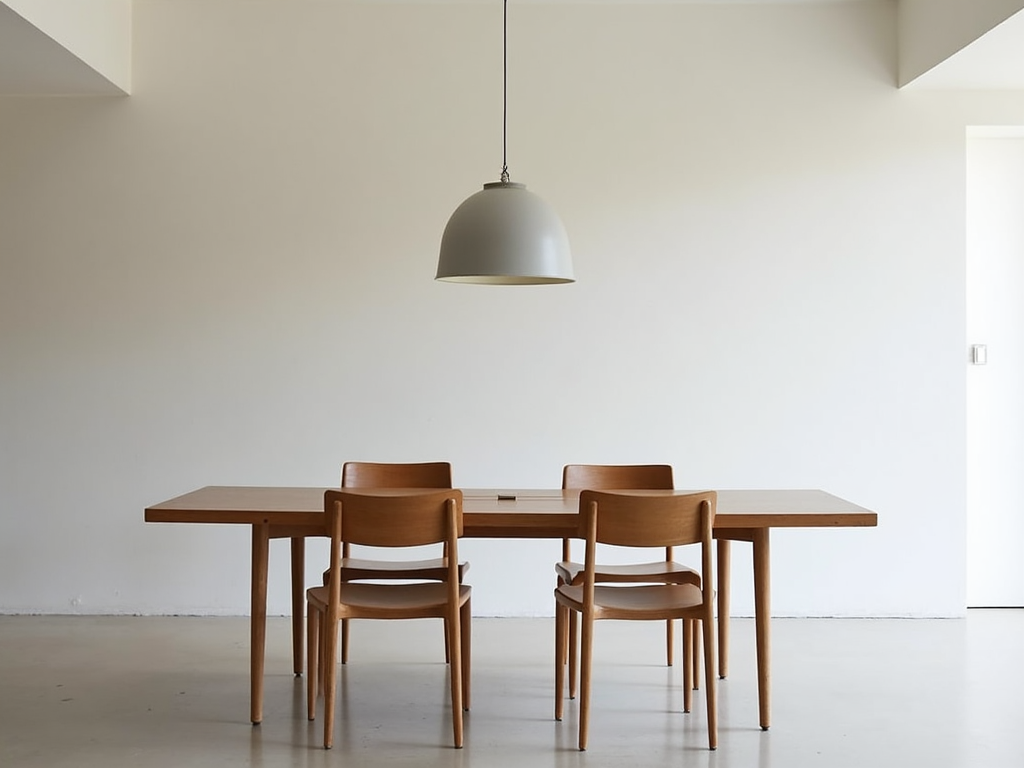
Arranging Your Space for Maximum Impact
How you place your furniture makes a big difference. Leave empty space around each piece—it’s called negative space, and it lets your eyes rest. This trick makes every item stand out.
Think about movement too. Can you walk through easily? Balance the room with symmetry or a focal point, like a sofa or table.
When I rearranged my living room, I pushed the sofa against one wall and left the center open. It felt like a new place—spacious and calm. Small changes can have a big effect.
Furniture Care and Maintenance Guide
Keeping your furniture looking good takes a little effort. Dust it regularly with a soft cloth to avoid buildup. Spills? Wipe them up fast to stop stains.
Different materials need different care. Here’s a simple guide:
| Material | How to Clean |
|---|---|
| Wood | Damp cloth, mild soap; dry it quick |
| Metal | Soft cloth; polish for shine |
| Glass | Glass cleaner, no streaks |
| Leather | Vacuum, use leather conditioner |
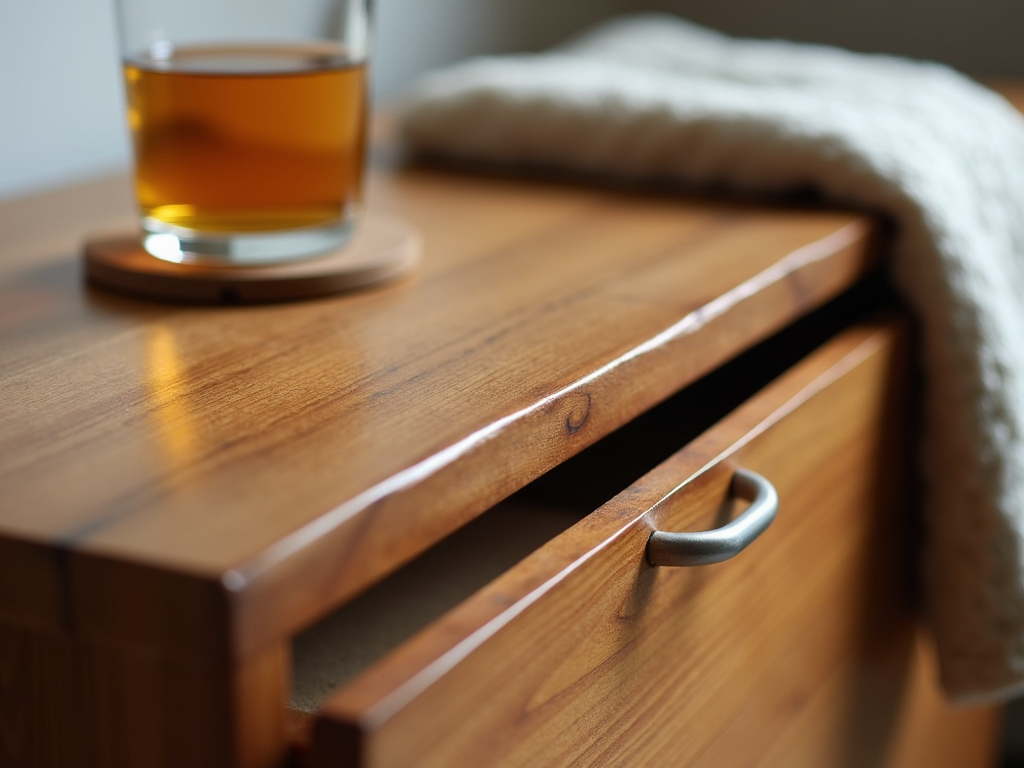
For wood, I use coasters to protect against water rings. Once, I fixed a mark with a dab of toothpaste—it worked like magic! For leather, a conditioner every six months keeps it soft.
Avoid sunlight on leather or wood—it fades them fast. Tighten screws now and then to keep things sturdy.
This furniture care and maintenance guide helps your pieces stay beautiful. Good care means your minimalist space stays fresh for years.
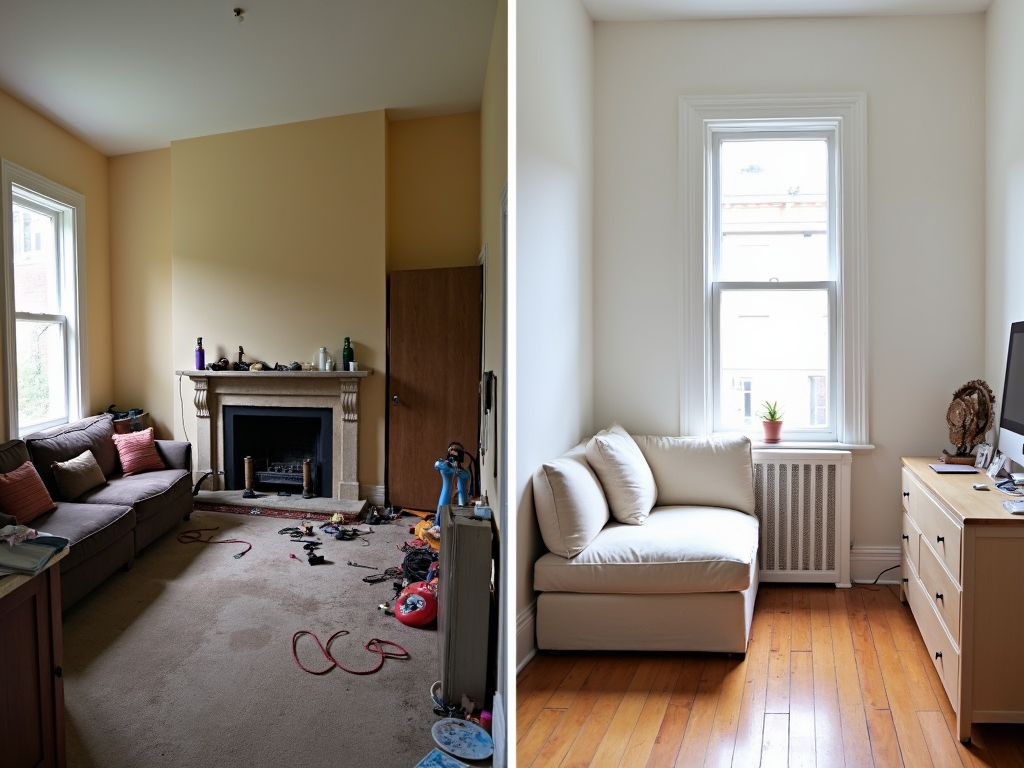
Wrapping It Up
Revamping your space with minimalist furniture design is about simplicity and purpose. Pick functional pieces, arrange them thoughtfully, and care for them well. You’ll end up with a home that’s peaceful and easy to live in. Want to dig deeper? Check out the readings below.




